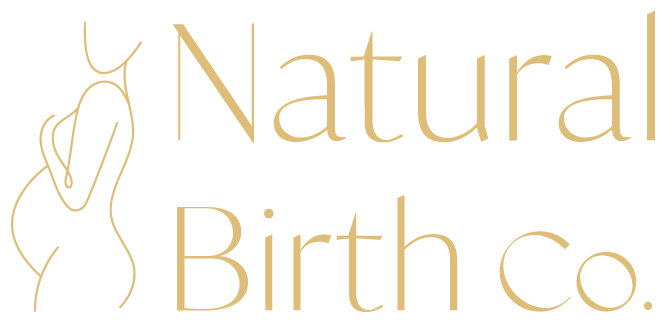Posterior bubs and the myth of Optimal positioning
History
We used to think there was one Optimal Fetal Position (OFP) and one only.
LOA
Left Occiput Lateral
This means the head is down, and the babies back is on the back left of the mother.
This was not backed by research however just someones theory that they thought was logical and we all ran with it.
This is one of the things that I am so grateful for regarding todays science- for any new theories or concepts to be taken seriously they have to be backed by research. Comparable with history this was a not a regular standard that had to be met- Many theories that people put into practise on real humans were simply what someone thought made logical sense and went ahead with it. Funny to reflect on.
Current research indicates that the OFP is individual to the mother.
This individual position is based on lots of variables specific to the mother including- the shape of her pelvis and her uterus.
EG. The shape of the pelvic inlet, and the protrusion of the sacral promintory
EG. Bilobed terus, uterus leaning to a side or front/back
The two most common positions for babies to resume pre labour is LOA and ROP (Right occiput posteriour- head down and the back towards mums back right side).
We don’t know our pelvic shape pre birth and therefore don’t know what our OFP is.
This is where we need to trust and surrender to the process of birth, and that babe intuitively will move themselves into the optimal position for your body when given the space. At 33week baby intuitively begins moving into their OFP.
So something to make clear is that the ideal is that your baby makes their way into the optimal position for your individual pelvis. This very well may be a posterior position.
Now, if a posterior position is the optimal position for your baby- you are likely to have a labour that is a little longer than most and probably more intense than most- you are still likely to get that back labour that people speak of with a posterior baby even if that is where they are supposed to be.
Now what about the babies that are posterior that aren’t meant to be there?
What about the babies that are in a position that is not the optimal position for them, keeping in mind a baby in an anterior position that shouldn’t be can be just as problematic as a posterior baby who isn’t meant to be in this position.
Is this babies fault? Are they in this position to be annoying? NO.
The issue is that they are stuck- The issue is that they do not have enough space in the uterus to rotate into their OFP.
Babies naturally at 33weeks intuitively make their way to OFP- If the uterus doesn’t have enough space for them to rotate and wiggle themselves into the right position they quite literally can not get there.
What decreases the space in the uterus is TIGHT LIGAMENTS AND MUSCLES that surround the uterus and pelvis.
We are going to specifically talk about 2 ligaments today.
Firstly the Round ligaments:
2 skinny ligaments that attach from the top of the uterus to the inside of the pubic bone.
When balanced they maintain stability in the uterus
When out of balance they are indicative of localised pain and pullin feeling either side of the uterus- after 15weeks this feeling is an indicator of imbalance and tightness in these ligaments
When these ligaments are tight they quite literally pull down on the top of the uterus, decreasing the amount of space at the top of the uterus.
This prevents babes from being able to rotate into their optimal position
Secondly is Broad ligament:
1 large and wide ligaments that is attached from one side of the sacrum wraps around the majority of the uterus and attaches to the other side of the sacrum.
When balanced they maintain stability in the uterus
When imbalanced and tight they
1. Pull on the sacrum decreasing mobility of the sacrum during pregnancy which is not conducive to natural birth
2. Compress the size of the uterus decreasing the space baby has to move within the uterus.
The symptoms of this include pain in the SIJ joints (Joints either side of the tail bone) due to the sacrum literally being pulled forward
And pain when the baby kicks
How do we balance this imbalance?
I have 2 answers for you:
Pregnancy specific yoga minimum 2 classes/wk- at NBC we incorporate a lot of midwifery specific movements, and yogic postures, into our pregnancy flows with the sole intent to bring balance into the ligaments as it is THAT important
Pregnancy Body Balance workshop- including a movement flow to do daily using specific targeted postures to bring balance into the ligaments in addition to other educational and informative video on maintaining balance through pregnancy, balancing the pelvic floor and balancing with Pelvic Girdle Pain (PGP).
On top of this is ALWAYS great posture in how you sit stand and lay to maintain the balance you are creating (Also included in our Body Balance workshop).
Summary of the Signs and symptoms of an imbalance preseant in your pregnant body specifically towards impact of space int he uterus:
Pulling of the round ligaments after 15weeks- either side fo the uterus along the front
Pain when the baby does a big kick
Pelvic girdle pain
SIJ pain




